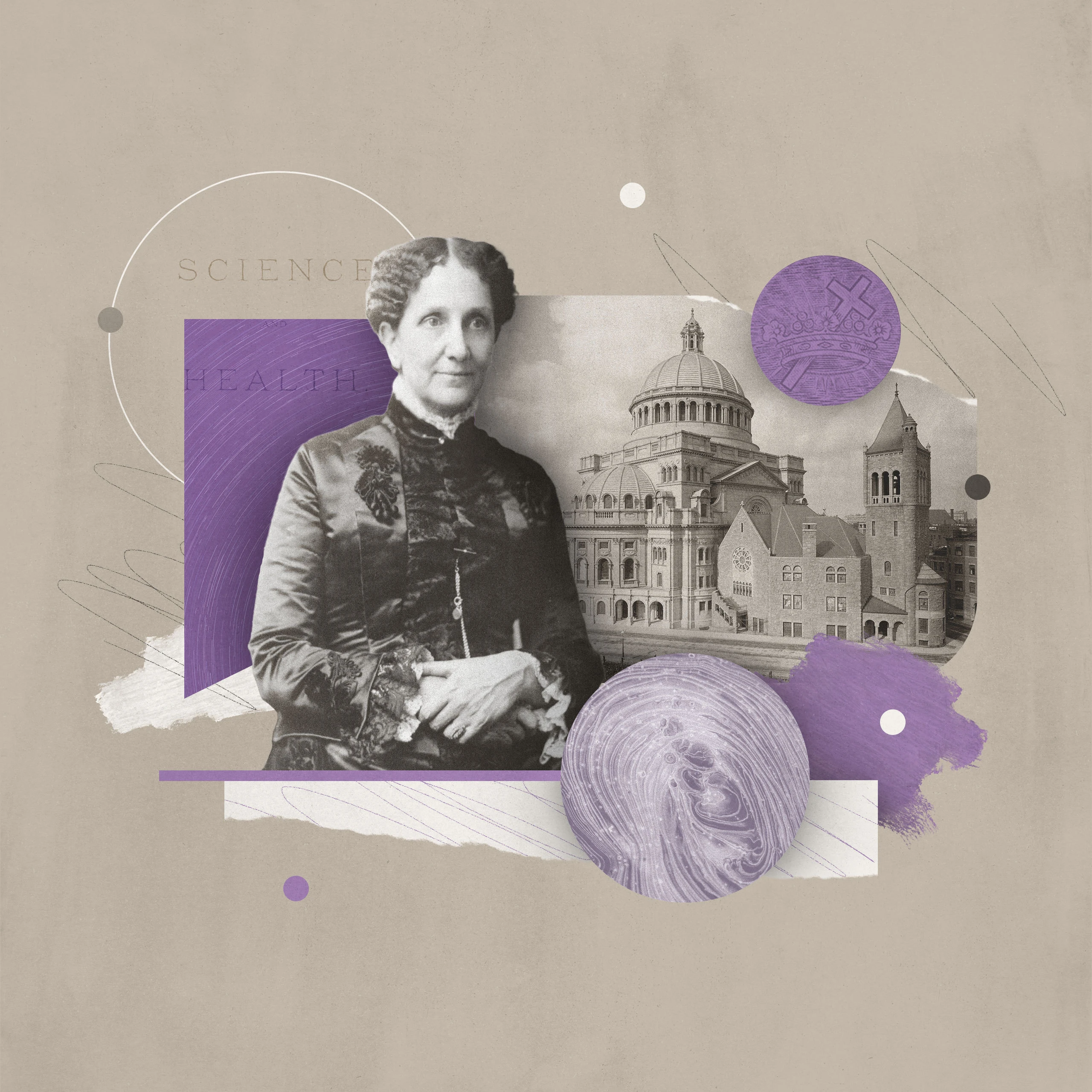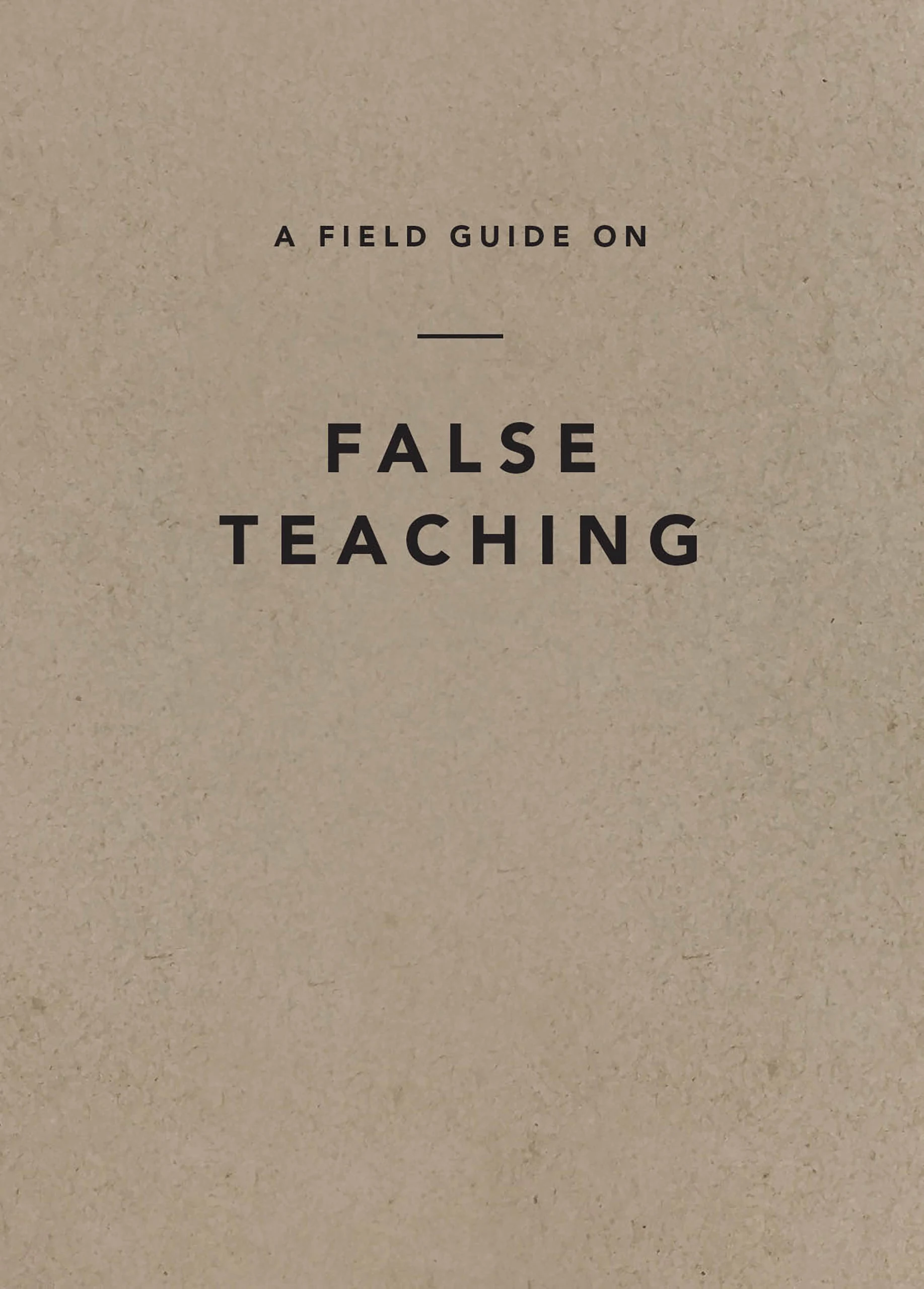What Is Christian Science?

What is Christian Science?
Christian Science is a religious movement founded in the nineteenth century and based on the writing of Mary Baker Eddy. She founded the Church of Christ, Scientist, and her book Science and Health with Key to the Scriptures serves as the main source of teaching for Christian Science. Science and Health contains Eddy’s interpretation of portions of Scripture, combined with her teaching on science and mind over matter for physical healing. Today, there are an estimated two thousand Christian Science congregations—often represented by storefront reading rooms on downtown streets—worldwide.
When did it begin?
Mary Ann Morse Baker was born in New Hampshire in 1821. Routinely sick throughout much of her early life, Mary visited mentalist Phineas Quimby in 1864 for instruction in principles of divine mind over matter for physical healing. On February 1, 1866, Mary was seriously injured when she slipped and hit her head on ice. After a doctor told her she had only a few days to live, Mary took a Bible, read about the healing of the paralytic in Matthew 9:1–8, and applied the metaphysical principles of mind over matter she had learned from Quimby. Upon doing so, Mary claimed, she experienced complete healing. This was the beginning of Mary’s new religion, which she called Christian Science, insisting that it was merely a retrieval of primitive Christianity. In 1875, Mary founded the Christian Science Publishing Society in order to publish and circulate copies of Science and Health. In 1879, she founded the Church of Christ, Scientist.
Who are the key figures?
Though Eddy is the only prominent teacher in the Christian Science church, the church counts among its adherents several well-known figures and people who are connected to well-known figures. Audrey Hepburn, Elizabeth Taylor, Henry Fonda, Robin Williams, Robert Duvall, Kelsey Grammer, Ellen DeGeneres, and the parents of Marilyn Monroe have at some point all been practicing members. Ginger Rogers and Joan Crawford were members of the church until their deaths. Olympic gold medalist gymnast Shannon Miller was brought up in a Christian Science home.
What are the main beliefs?
Due to the highly mystical and philosophical nature of Eddy’s writings, it can be challenging to systematize her doctrine. However, the following are central teachings in her writing:
-
Mystical, anti-trinitarian monotheism. According to Mary Baker Eddy, mind and intelligence are God. “Intelligence is omniscience, omnipresence, and omnipotence. It is the primal and eternal quality of infinite Mind, of the triune Principle,—Life, Truth, and Love,—named God. . . . Mind is God.”1 Eddy rejected historic Christian Trinitarianism. She wrote, “The theory of three persons in one God (that is, a personal Trinity or Tri-unity) suggests polytheism, rather than the one ever-present I AM.”2 Eddy reduced God to a philosophical universal principle in which all men participate by way of the mind and intellect.3
-
A denial of the fall, sin, misery, and death. Eddy denied the fall. If God is perfect, man—the idea or reflection of God—is also reflectively perfect. She explained: “God is the creator of man, and, the divine Principle of man remaining perfect, the divine idea or reflection, indestructible, remains perfect. Man is the expression of God’s being.”4 Elsewhere she wrote, “Man is in a degree as perfect as the Mind that forms him.”5 Reflecting on sin and misery, Eddy suggested: “To put down the claim of sin, you must detect it, remove the mask, point out the illusion, and thus get the victory over sin and so prove its unreality. The sick are not healed merely by declaring there is no sickness, but by knowing that there is none.”6 Regarding death, Eddy wrote, “If man believes in death now, he must disbelieve in it when learning that there is no reality in death, since the truth of being is deathless.” Eddy taught that if we believe there is such a thing as sin, sickness, and death, then we will be subject to the illusion of such things. If we acknowledge that such things do not exist, then we will be set free from both the illusion and the reality.
-
A denial of the deity, death, and atonement of Jesus. Eddy denied the deity of Jesus. She explicitly taught that “Jesus Christ is not God, as Jesus himself declared.”7 Eddy rejected the efficacy of the blood of Jesus. She wrote, “The material blood of Jesus was no more efficacious to cleanse from sin when it was shed upon ‘the accursed tree,’ than when it was flowing in his veins as he went daily about his Father’s business.”8 Eddy taught that Jesus did not truly die. Rather, Jesus only appeared to die, and by escaping death, He exhibited the supreme act of mind over matter—an act His disciples were to emulate. His example saves humanity from the illusion of sin, sickness, and death.9 Jesus saves people by exemplifying oneness with God in truth, life, and love.10
Why do people believe this form of false teaching?
In an age of religious rationalism and medical progress, Eddy’s teaching appealed to those who were looking for spiritual renewal and power over sickness. Uniting her interpretation of Scripture to her teaching on science and metaphysical mentalism, Eddy formulated a religion that would seek a middle ground between “stern Protestantism” and “doubtful liberalism.”11 Her teaching presented a spirituality attainable by the natural mind that avoids the supernaturalism of Protestantism and the antisupernaturalism of liberalism.
If God is All in All, as Eddy suggested, from where does evil originate? If sin and sickness do not exist, why believe that healing can be achieved by prayer unto mind over matter?
How does it hold up against biblical Christianity?
-
The triune God. Scripture reveals that there is only one true and living God: “Hear, O Israel: The Lord our God, the Lord is one” (Deut. 6:4). The Bible also clearly teaches that the Father, Son, and Holy Spirit are three distinct persons who subsist within the one God (Matt. 28:19; 1 Cor. 12:4–6; 2 Cor. 13:14; Rev. 1:4–5). These three persons are not three gods. Rather, the three members of the Godhead eternally coexist as the one true and living God.
-
Sin, misery, and death. Scripture teaches that sin, misery, and death are the inescapable consequences of Adam’s sin. They form the sad experience of life in this fallen world. The Apostle Paul explained, “Just as sin came into the world through one man, and death through sin, and so death spread to all men because all sinned” (Rom. 5:12). In short, “the wages of sin is death” (Rom. 6:23). All the miseries of this life are a result of Adam’s first transgression—even death and eternal punishment. To deny the reality of sin is to deceive ourselves. As Scripture says, “If we say we have no sin, we deceive ourselves, and the truth is not in us” (1 John 1:8).
-
The deity, death, and atonement of Jesus. The Bible reveals that Jesus is “God over all, blessed forever” (Rom. 9:5). “All the fullness of God was pleased to dwell” in Jesus (Col. 1:19). He is “the radiance of the glory of God and the exact imprint of his nature” (Heb. 1:3). The Son of God incarnate really and truly died on the cross (Phil. 2:8; Heb. 2:9, 14). According to Scripture, the blood of Jesus is efficacious to atone for the sin of all His people (Rom. 5:9; Heb. 9:12; Rev. 1:5). The Bible teaches that “without the shedding of blood there is no forgiveness of sins” (Heb. 9:22).
How can I share the gospel with those who hold to this false teaching?
Although Christian Science is a rapidly declining religion, its view of the unreality of disease and death has some affinities with the prosperity gospel and Word of Faith movements. If one encounters a Christian Scientist, here are two things to focus on when sharing the gospel with him or her:
-
Focus on the Bible’s teaching about sin, misery, and death. By his disobedience, Adam brought sin, misery, and death into the world (Gen. 3; Rom. 5:12–21). Those who deny the fall of man must be confronted with the inescapable reality of sin and misery in this fallen world. Additionally, highlight what Scripture teaches about sin as a violation of God’s law (1 John 3:4). Appeal to Romans 6:23. Consider asking the following questions: If God is All in All, as Eddy suggested, from where does evil originate? If sin and sickness do not exist, why believe that healing can be achieved by prayer unto mind over matter?
-
Focus on what Scripture reveals about the death of Jesus. The Scriptures teach that final victory over sin and death comes only through the death of Jesus on the cross. The eternal Son of God became incarnate in order to die for those who would believe in Him. By shedding His blood on the cross, Jesus atoned for the sins of His people (Acts 20:28; Rom. 3:25; 5:9; Heb. 9:12–14; 1 John 1:7). Jesus died in the place of His people under the wrath of God to deliver them from the power of sin and the powers of darkness (Rom. 5:10; 6:10; Heb. 2:9, 14–15), and His victory will be fully manifest when the presence of sin, sickness, and death are removed from the new heaven and earth (Rev. 21). Consider asking the following question: If Jesus claimed to have died in Scripture, as Eddy acknowledged, why does she deny that He truly died?
-
Mary Baker Eddy, Science and Health with a Key to the Scriptures (Boston: Alison V. Stewart, 1918), 469. ↩
-
Ibid., 256. ↩
-
Ibid., 336–37. ↩
-
Ibid., 470. ↩
-
Ibid., 337. ↩
-
Ibid., 447. ↩
-
Ibid.h, 361. ↩
-
Ibid., 25. ↩
-
Ibid., 45–46. ↩
-
Ibid., 18. ↩
-
Eddy, “Message to the First Church of Christ, Scientist,” in Christian Science versus Pantheism (Boston: Trustees under the Will of Mary Baker Eddy, June 15, 1902), 2. ↩



